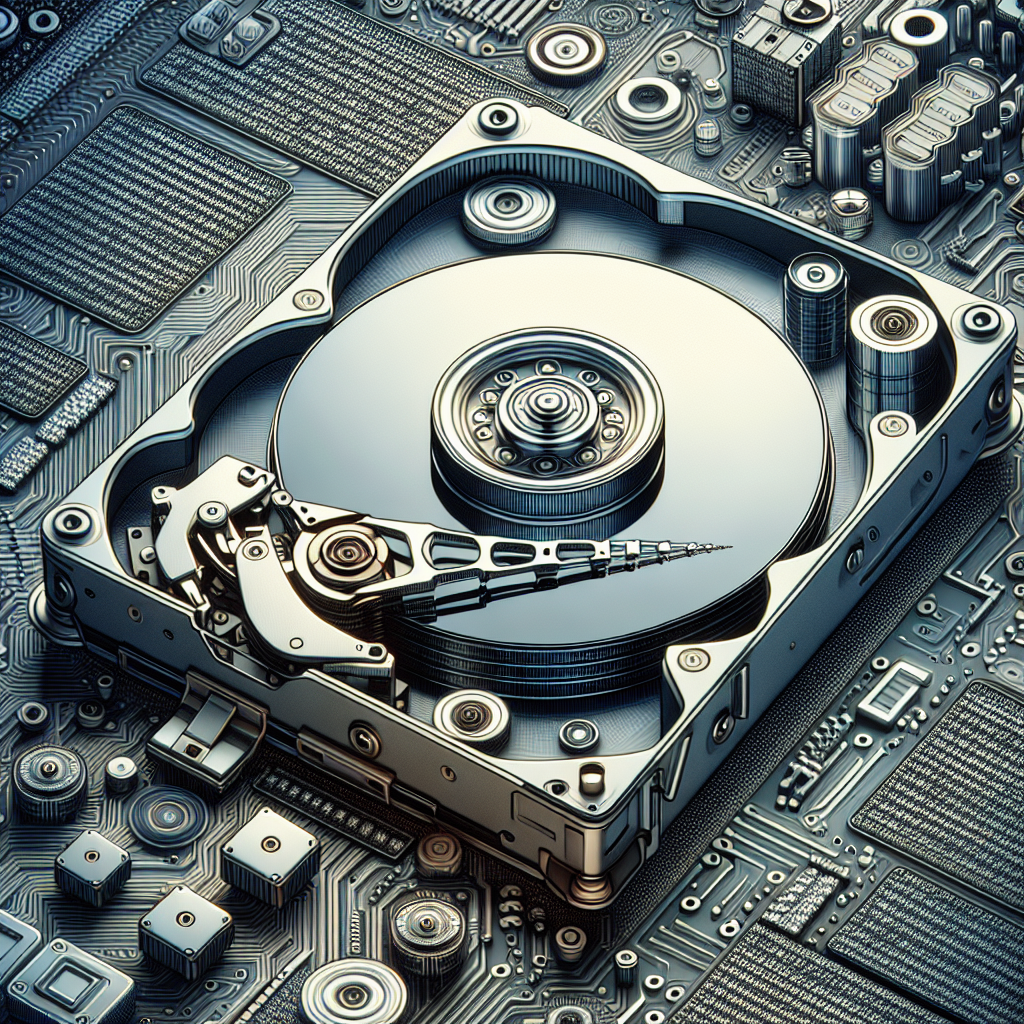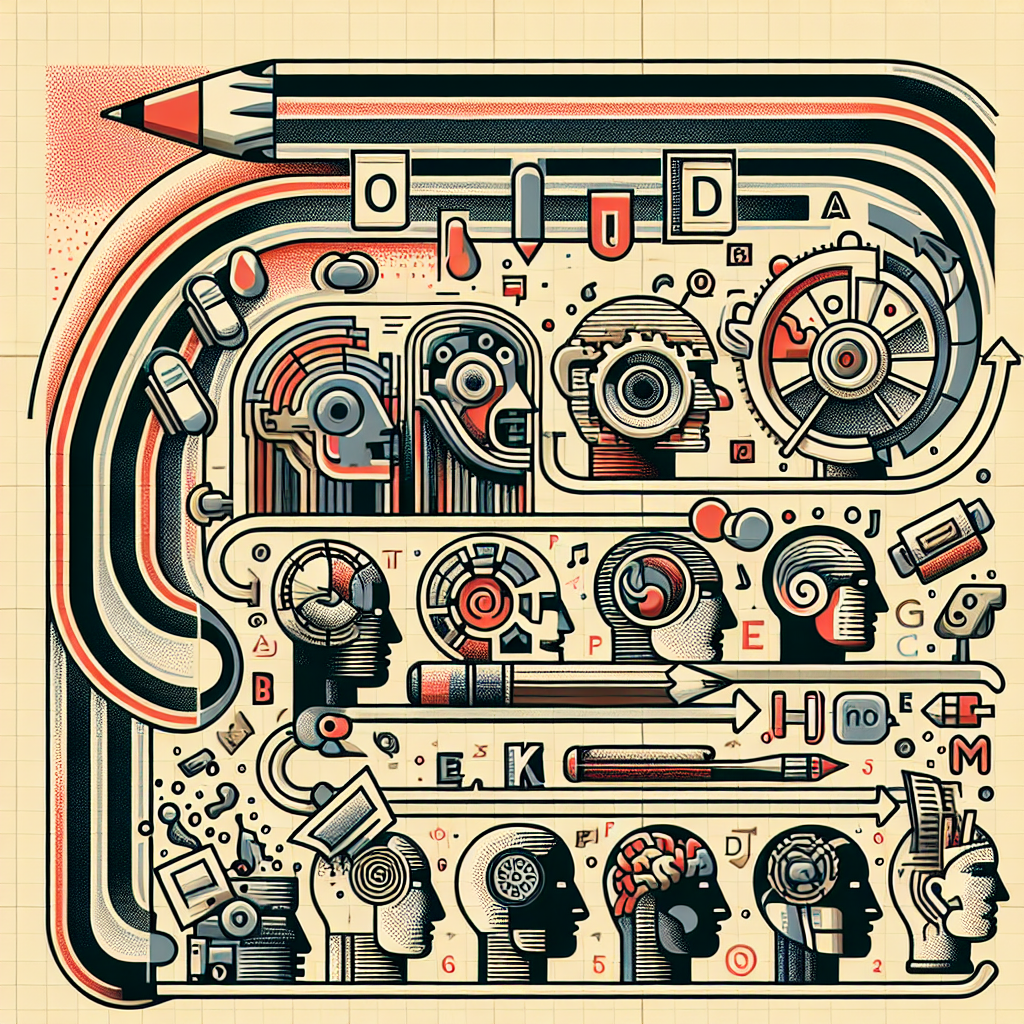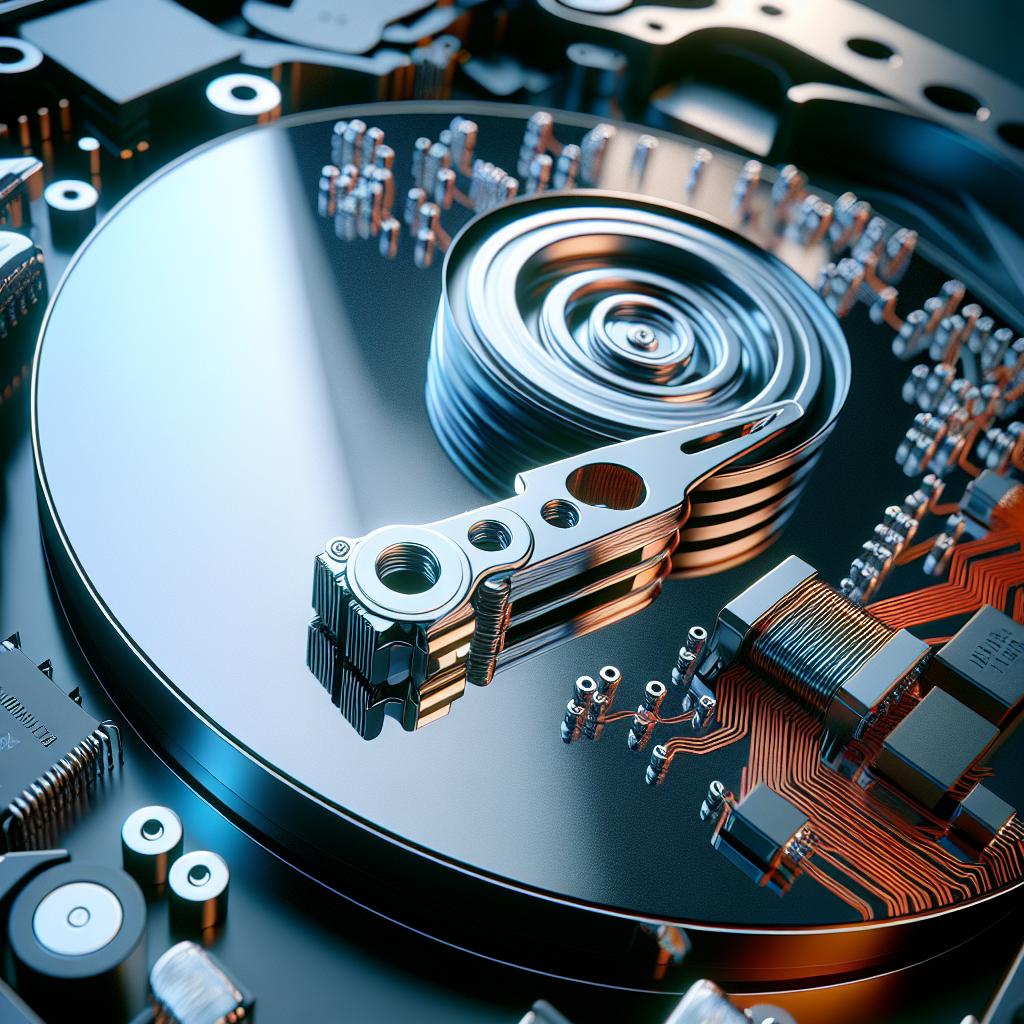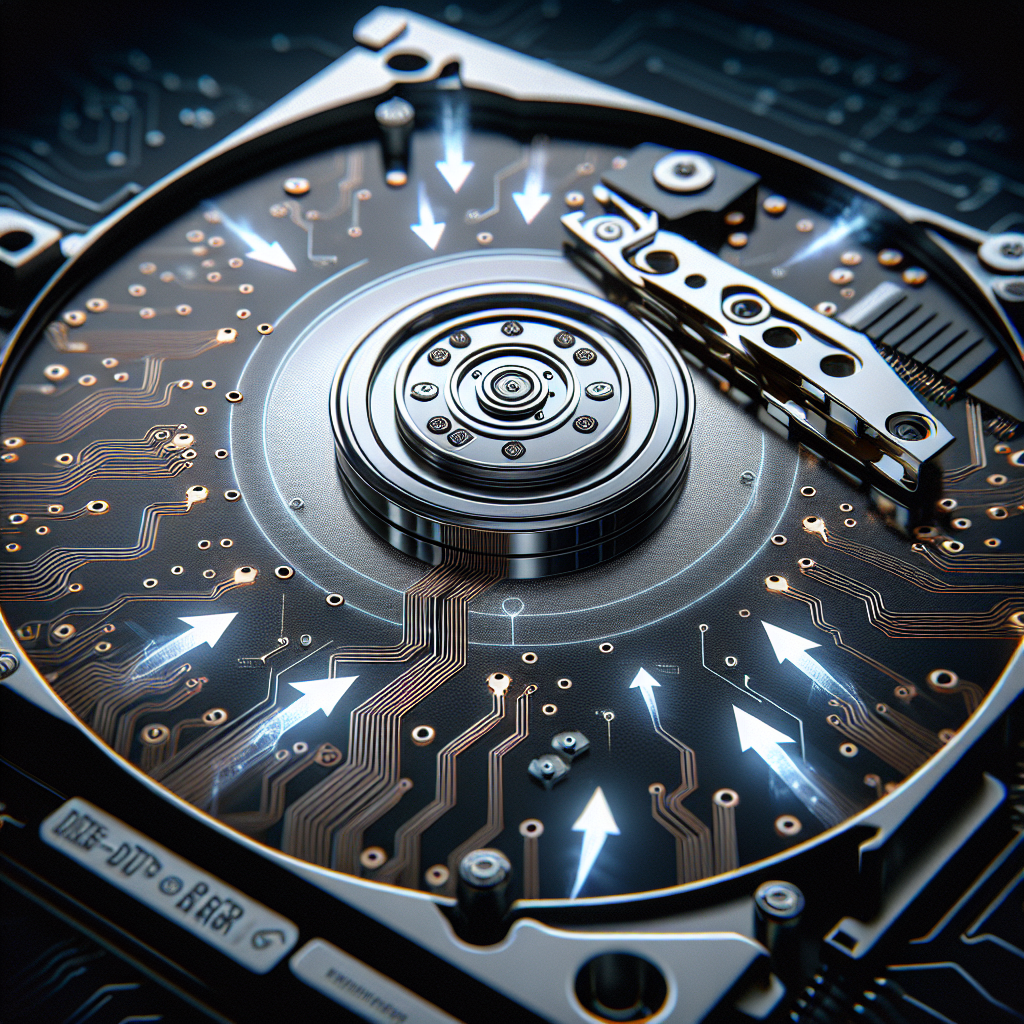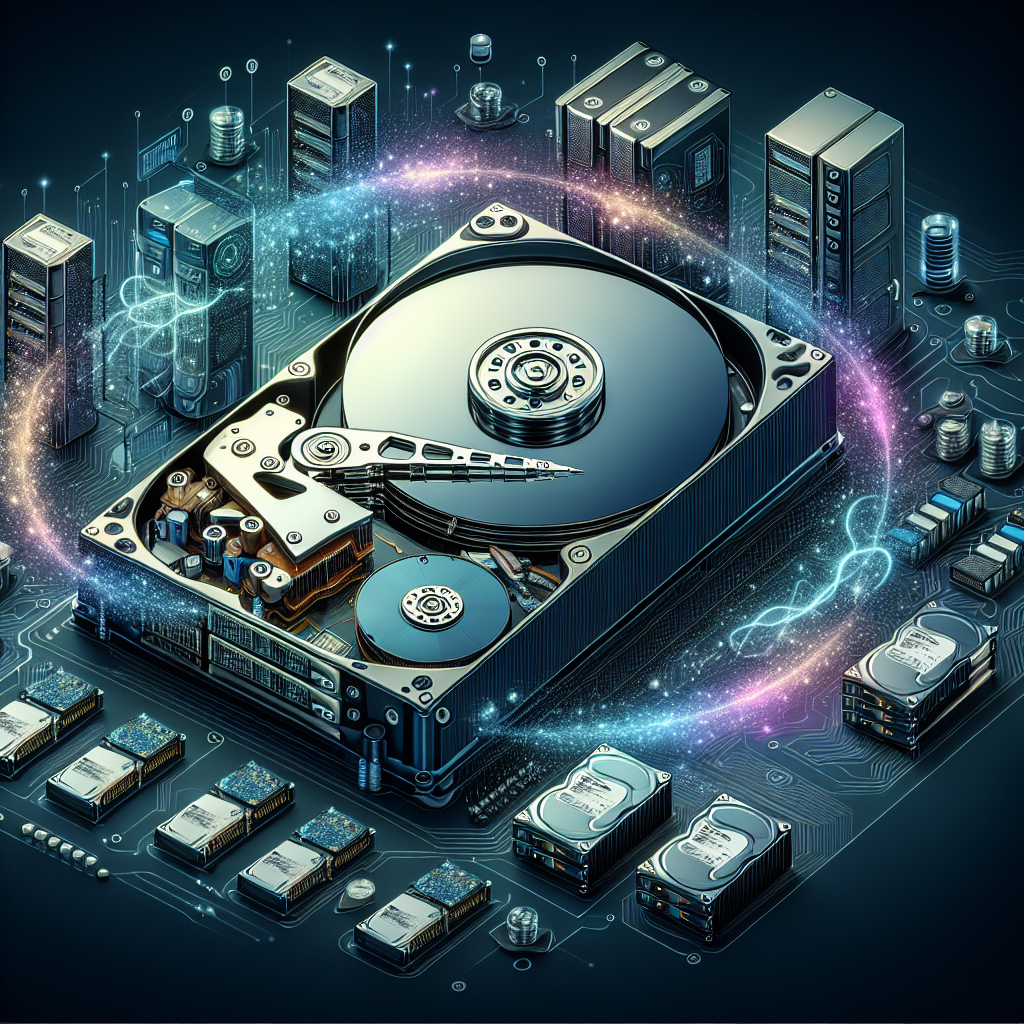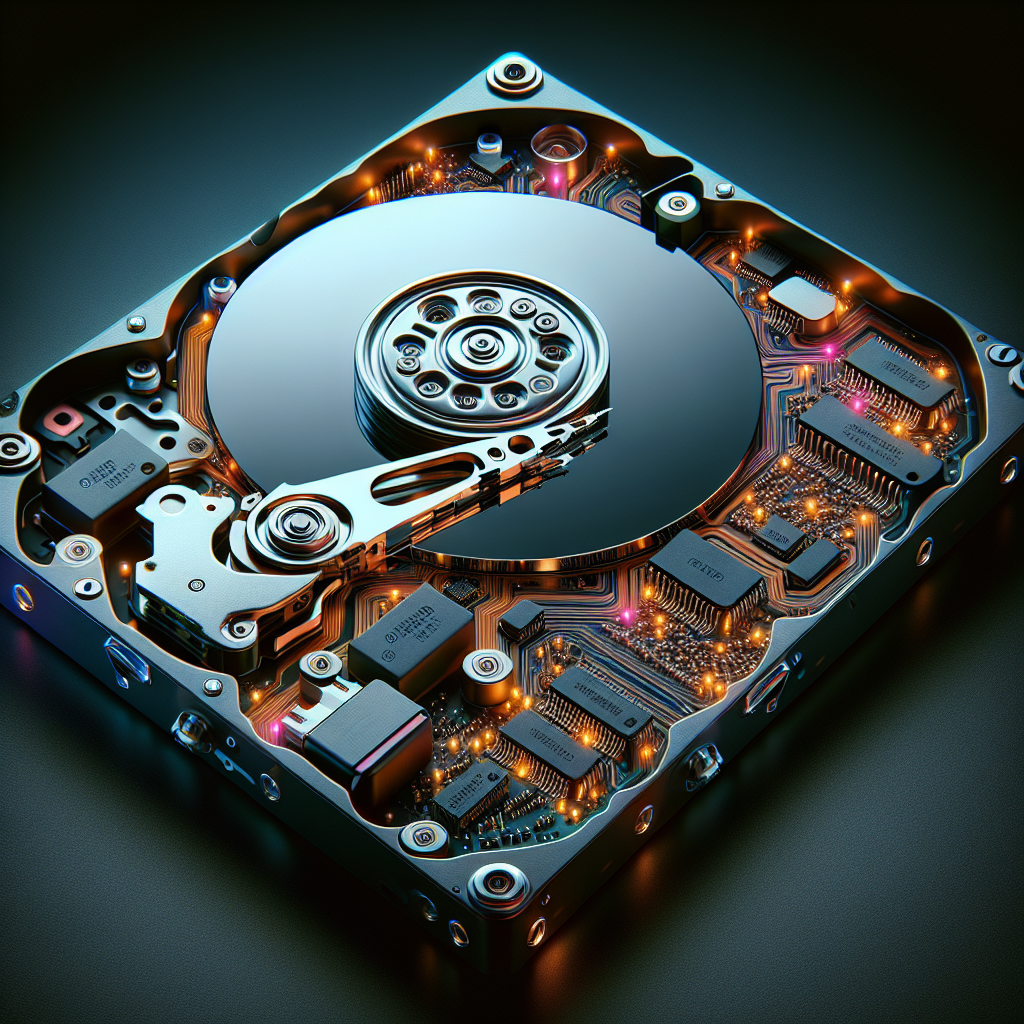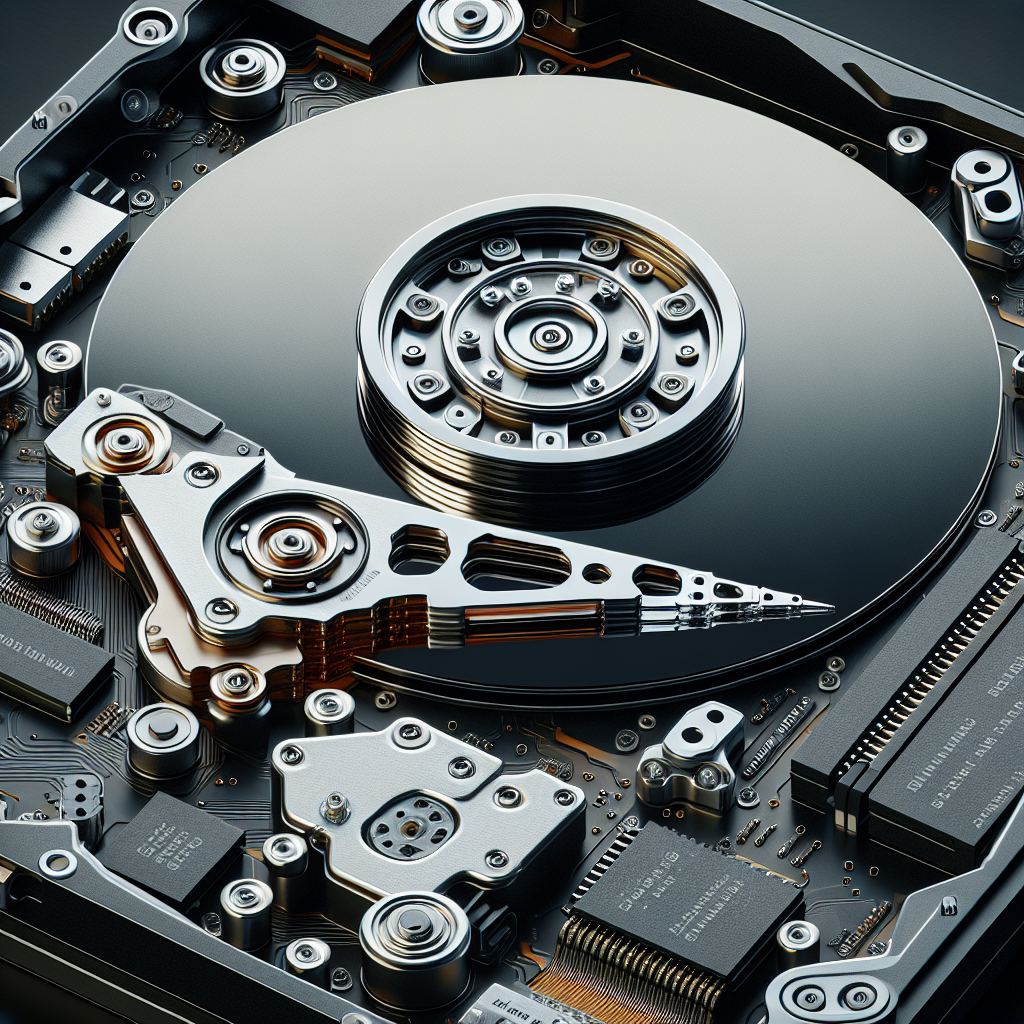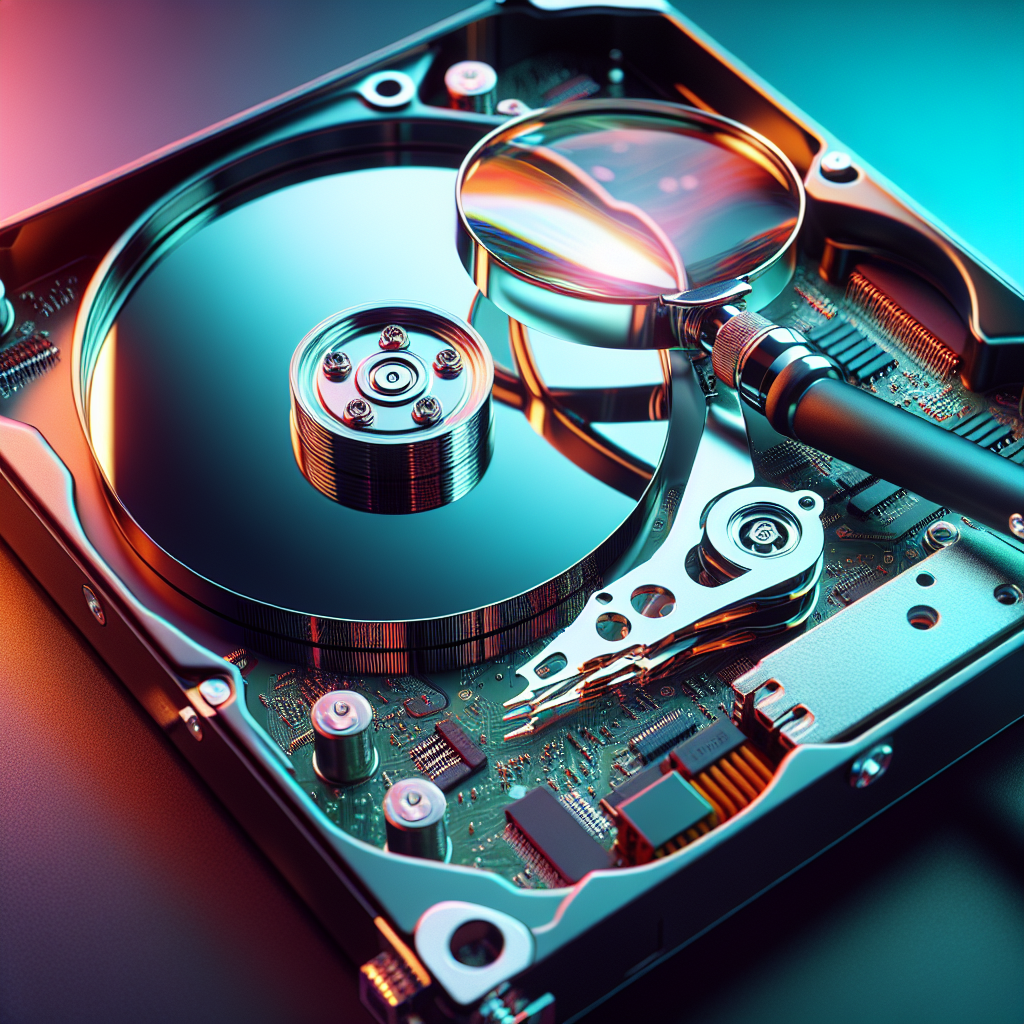The read-write head is a crucial component of hard disk drives and other storage devices. It is responsible for reading and writing data onto the disk’s surface, allowing users to store and access information quickly and efficiently. Over the years, the design and technology of read-write heads have evolved significantly, leading to increased storage capacities and improved performance. In this article, we will take a closer look at the evolution of read-write heads and how they have changed over time.
The earliest read-write heads were simple electromagnets mounted on a mechanical arm that moved back and forth across the disk’s surface. These heads were relatively large and bulky, limiting the amount of data that could be stored on a disk. Additionally, the mechanical movement of the arm introduced the risk of damage to the disk and decreased reliability.
In the 1970s, the introduction of thin-film read-write heads revolutionized the storage industry. These heads were smaller and more precise, allowing for higher data densities and increased storage capacities. Thin-film heads were made of multiple layers of materials, such as nickel-iron alloys and permalloy, which improved their performance and durability.
The 1990s saw the emergence of giant magnetoresistance (GMR) read-write heads, which further increased storage capacities and data transfer speeds. GMR heads used a sandwich structure of magnetic and non-magnetic layers, which allowed for greater sensitivity to small magnetic fields and improved data reading and writing accuracy.
In the early 2000s, perpendicular magnetic recording (PMR) technology was introduced, which allowed for even higher data densities and increased storage capacities. PMR heads were able to align magnetic particles vertically on the disk’s surface, rather than horizontally, allowing for more data to be stored in a smaller space.
More recently, shingled magnetic recording (SMR) technology has been developed to push the limits of storage capacities even further. SMR heads write data in overlapping tracks, allowing for more data to be stored in the same physical space. This technology is often used in high-capacity storage devices, such as data centers and cloud servers.
Looking ahead, researchers are exploring new technologies, such as heat-assisted magnetic recording (HAMR) and microwave-assisted magnetic recording (MAMR), to further increase storage capacities and data transfer speeds. These technologies use heat or microwave energy to assist in writing data onto the disk’s surface, allowing for even denser data storage.
In conclusion, the evolution of read-write heads has played a crucial role in advancing storage technology and increasing storage capacities over the years. From simple electromagnets to advanced GMR and SMR heads, the development of read-write heads has paved the way for faster, more reliable, and higher-capacity storage devices. As technology continues to evolve, we can expect even more advancements in read-write head technology that will revolutionize the way we store and access data.


